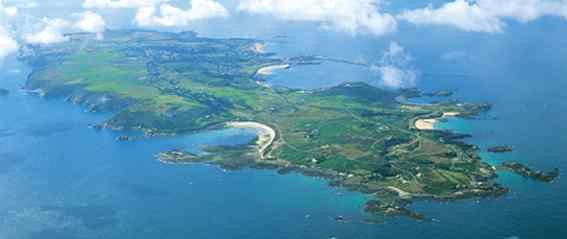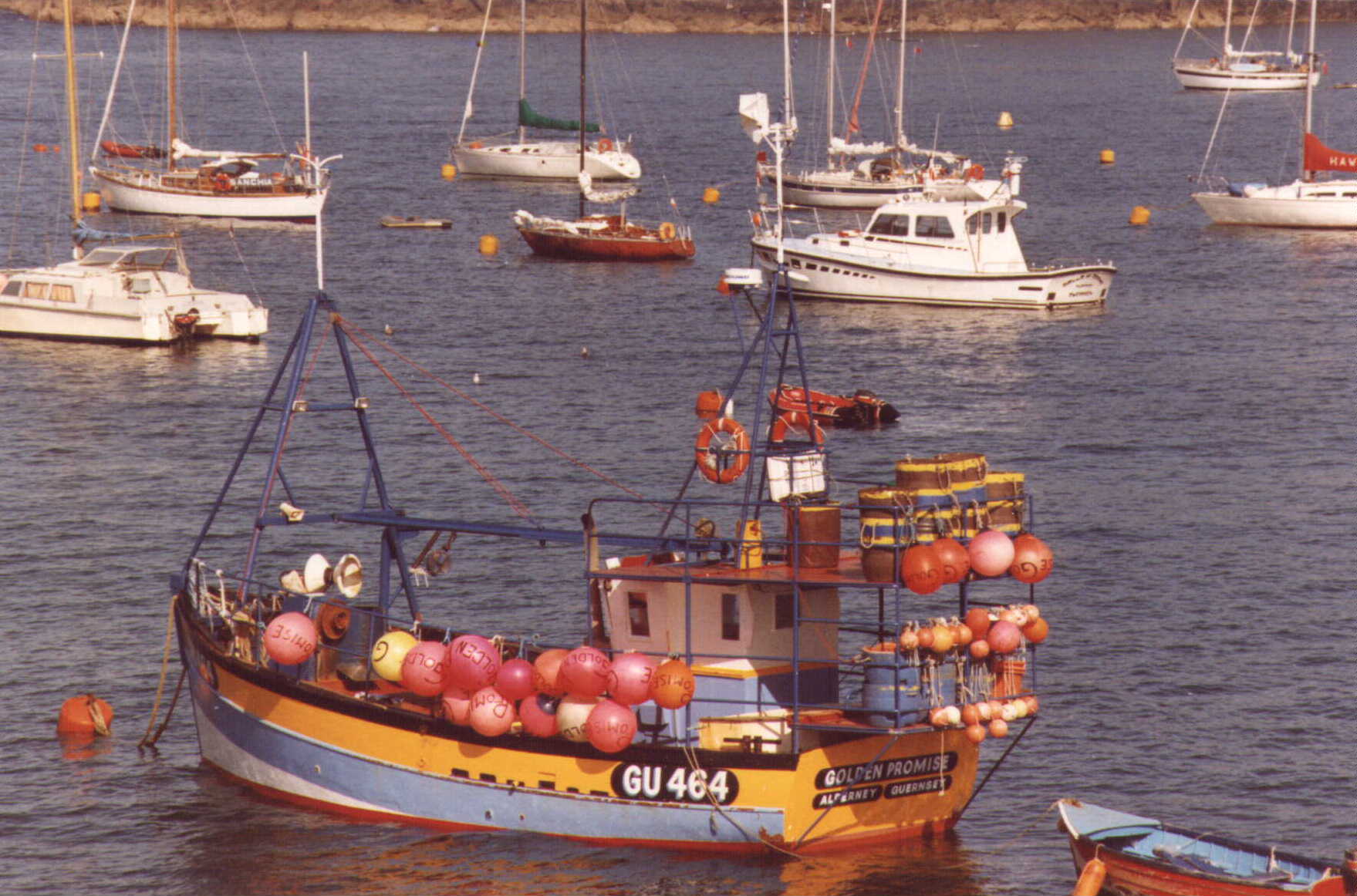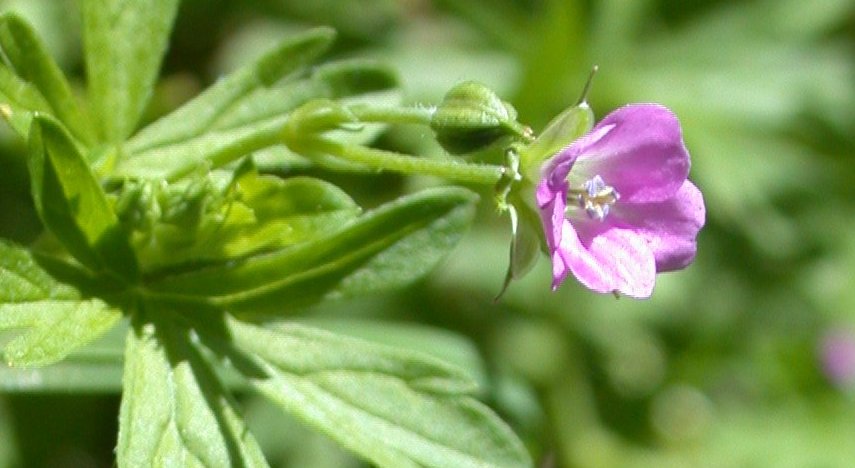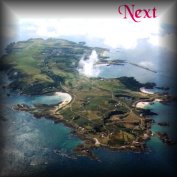

.
Alderney is the top area in the British Isles for Wild Flowers !!
For the purposes of wildlife recording the British Isles have been divided since Victorian times into 113 Vice-Counties. These largely follow the old county boundaries, with very large counties like Yorkshire divided into two Vice-Counties (VCs).
The Botanical Society of the British Isles, (BSBI) follow this system, with the whole country divided into "hectads" of 10Km. square, more or less following the physical (former) county boundaries and each VC has one or more "recorders" Our duties are to confirm, correlate and record the records of plant sightings submitted by both local and visiting botanists. The Channel Islands are all lumped together as VC 113, or "S" (for Sarnia), originally for 40+ years under a single recorder, the late David McClintock, to whom the leading local botanists submitted their records, but, for the last 22 years or so, each now has their own recorder(s) of whom I act for Alderney.
In 2003 Prof. Stace of Leicester University and 3 other eminent botanists published a 405 page "Vice-County Census Catalogue of the Vascular Plants of Great Britain, The Isle of Man and the Channel Islands", to which all of the BSBI recorders submitted their records of the plants found in their areas over the many years of their records.
A summary of the overall findings appeared in the September 2004 edition of BSBI News. This shows the total numbers of Wild Flowers recorded in each VC, divided into Native and Alien (naturalised) species (or taxa); the area of each VC in square kilometres; and the ratios of the number of plants per sq. km.
Surrey, with 2,409 taxa has the highest number of different species recorded in its 1,960 sq. km area, giving a ratio of 1.229 species per sq. km., whilst Wester Ross in Scotland has only 902 taxa recorded in its huge area of 3,360 sq. km. and a ratio of only 0.275 species per sq. km. The average ratio for the whole UK is 0.955 species per sq. km.
The Channel Islands between them have 1,725 species found in their total area of only 194 sq. km. and thus have a ratio of 8.89. The nearest similar number of taxa found in a UK VC is in Nottinghamshire, with 1,727 species in 2,180 sq. km. and a ratio of 0.792 species per sq. km.
Alderney, then with 1,042 species recorded since the first records were published in 1839 and approximately 900 still to be found today in its approximately 9 sq. km. area, thus has a ratio of at least 100 species per sq. km. if one includes only the current flora, rather than all the species ever recorded as is probably the case with the UK and other CI VCs.
It is therefore obvious why Alderney, with a wild flower density more than 100 times that of the average UK VC and ten times that of the larger CIs, is of such interest to visiting botanists and other naturalists and, with the appropriate publicity, is therefore in an excellent position to attract large numbers of "wildlife tourists". Sark has almost exactly the same ratio.
This has long been noted and, in Marquand's "Flora of Guernsey and the Lesser Channel Islands" published in 1903, he was able to write; "Alderney is in several respects without a rival, even in this favoured archipelago........and a visitor will find here in a single day's botanising a larger variety of really rare plants than in either of the other [larger] Channel Islands. There are certainly not many places in England where, within an area of four square miles, a dozen plants may be found equal in rarity to the following:--" (a list followed, all of which and several more, now on the Endangered Species lists for the UK, are still to be found in the island today). My databse of the sightings since about 1830 now has almost 14,000 entries.

 . .<< The Alderney Geranium
. .<< The Alderney Geranium